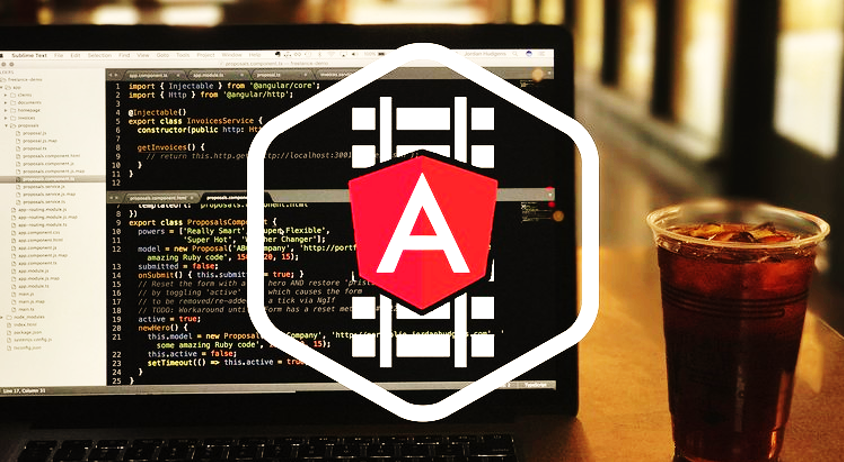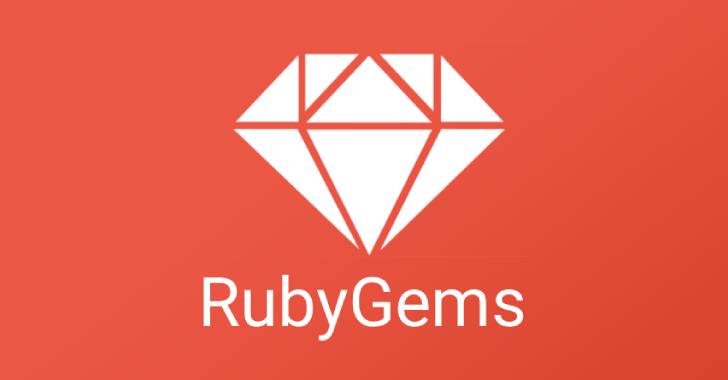Angular is a client side JavaScript MVC (Model, View & Controller) framework. It is an open source front-end web application framework primarily maintained by Google. Angular aka AngularJS is an emerging technology & is getting popular, day by day, particularly in the field of Single Page Applications(SPAs).
Key Benefits of Using Angular
1. Responsiveness and Speed of Applications
Consumption of server resources can be reduced as tasks solely related to the front-end can be performed at the Angular end with great ease. Speed, is faster due to communication via Application Programming Interface(API). One of the major advantages of Angular is that it breaks free from the delay caused by waiting for the completion of the execution of the prior tasks as it makes asynchronous calls to the server. It certainly removes the “click & wait” predicament thus providing his users an interactive experience.
2. Structured and DRY
Angular is cross-browser compatible and delivered as a static JS file which runs in the browser. Unlike plain JavaScript Angular follows the conventional MVC structure. Frameworks make your code developing tasks easier as it saves you from the burden of writing everything from scratch & ending up in a mess. They play a vital role in code organization by providing built-in components & structure, thus eradicating the chances of getting entangled in the spaghetti code.
3. Dynamic Data Binding
Angular allows you to make compiler level deep changes while staying on the top layer. It provides tools to make your code-life simple. The dynamic data binding wipes out the need to update individual components upon change and therefore saves you from the headache of keeping track of all kind of minor changes & updating relevant data accordingly. One cannot deny the fact that the Plug & Play quality of Angular makes it standout among the other client-side languages and soon earns an ever-lasting place in a developer’s web development toolkit.
Benefits of Using Angular + Rails
1. Separate front-end and back-end layer
Understanding the client requirements & building your application structure, from scratch, accordingly is of great importance. If you need to choose an interactive client-side framework which runs in browser & a great CRUD REST API to power your front-end then using Angular with Rails is definitely a wise decision. Using their combination also gives you the liberty to separate your front-end from the back-end completely, it eliminates the need of gluing them together & thus providing you with the re-usability & extensibility of your app. One can also use Rails views as empty shells & use angular directives to display data asynchronously.
2. Tools purpose built for the job at hand
Ruby on Rails handles all the back-end work like database connectivity, caching, ORM, etc in addition to the core business logic of your app whereas Angular is purpose-built only for the User Interface. One needs API end-points to fetch or store data in the database rather than accessing it directly like in Rails core but it provides the freedom to use each one independently, provided the API remains the same.
Angular does a pretty good job in building client-side apps whereas Rails is famous for providing powerful server APIs therefore their combo can provide outstanding apps. They both go hand in hand removing each others flaws nicely.
3. Reduced development time
Rails asset pipeline provides the facility of concatenation, organization and minification of the JavaScript. It is worth mentioning that the convention over configuration nature of Rails is eye-catching for a programmer & simplifies the code development thus reducing the code development time.
Summary
Angular eradicates the delay caused by the click & wait interaction whereas Rails provides a powerful API backend to handle all the desired business logic. Thus, both of these technologies work well together & are in a lot of use lately.




